
Roots
Consider the human strand, not merely as a biological outgrowth, but as a living archive, a delicate yet resilient record of ancestry, culture, and wisdom. For those of us whose hair forms coils, kinks, or waves, this connection runs particularly deep, resonating with generations who understood hair as a language, a map, a crown. What ancestral knowledge of textured hair did early cultures possess?
The answer to this query guides us back through time, not with a detached academic gaze, but with a reverence for the ingenuity and spirit of those who came before. It is an invitation to listen to the whispers carried on the wind of millennia, teaching us that care for textured hair was always deeply personal, always communal, and always imbued with a rich significance that reached far beyond superficial adornment.
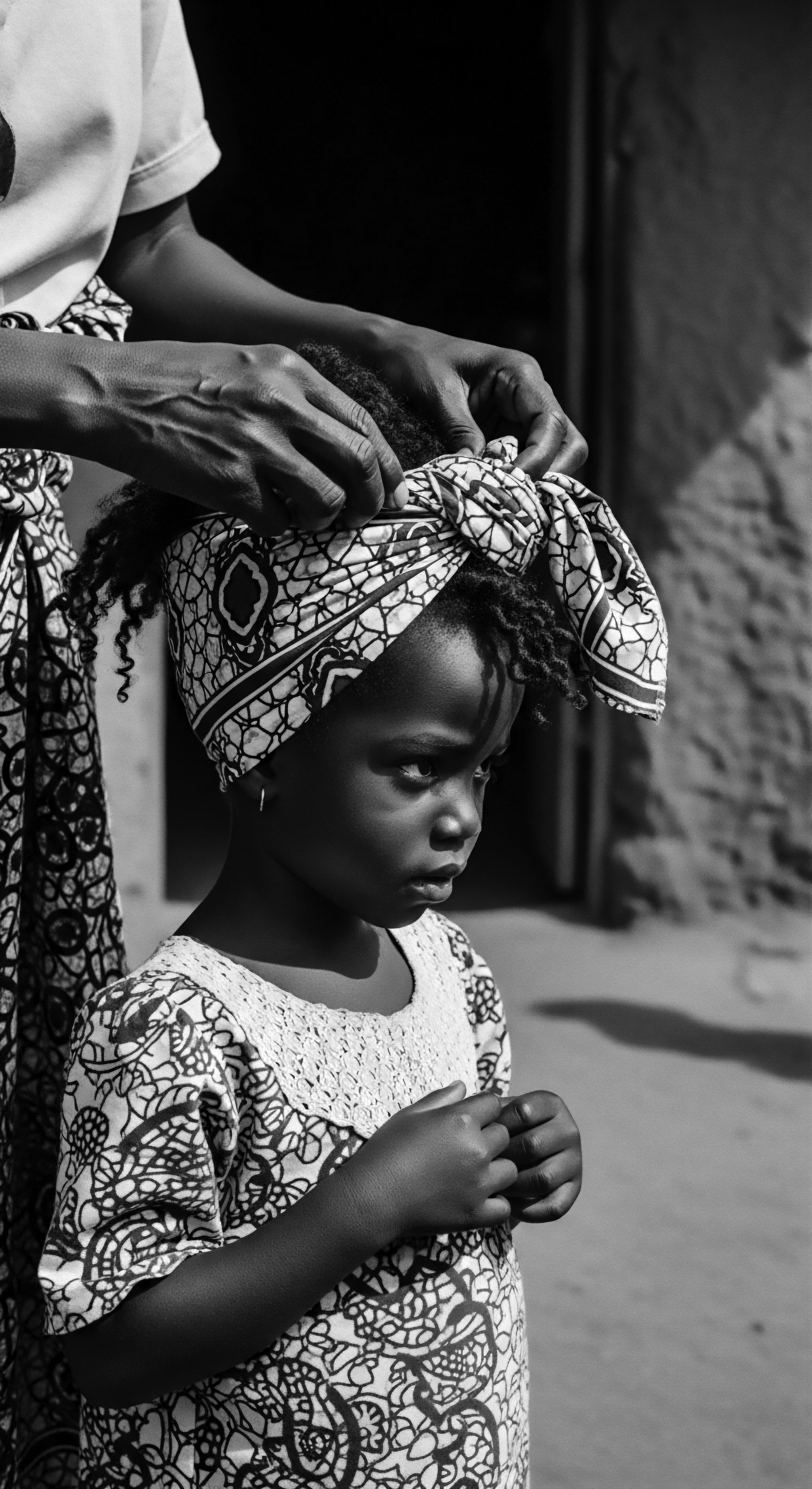
Hair’s Earliest Echoes
The history of hair care stretches into antiquity, with evidence from diverse civilizations showing a sophisticated understanding of hair’s properties and its symbolic power. From ancient African societies to Indigenous communities across the Americas, the manipulation and adornment of hair were rarely without deeper meaning. These early cultures understood hair as an extension of self, spirit, and community. Their knowledge, passed down through oral traditions, ritual practices, and generational observation, laid the groundwork for what we now understand through modern scientific inquiry.
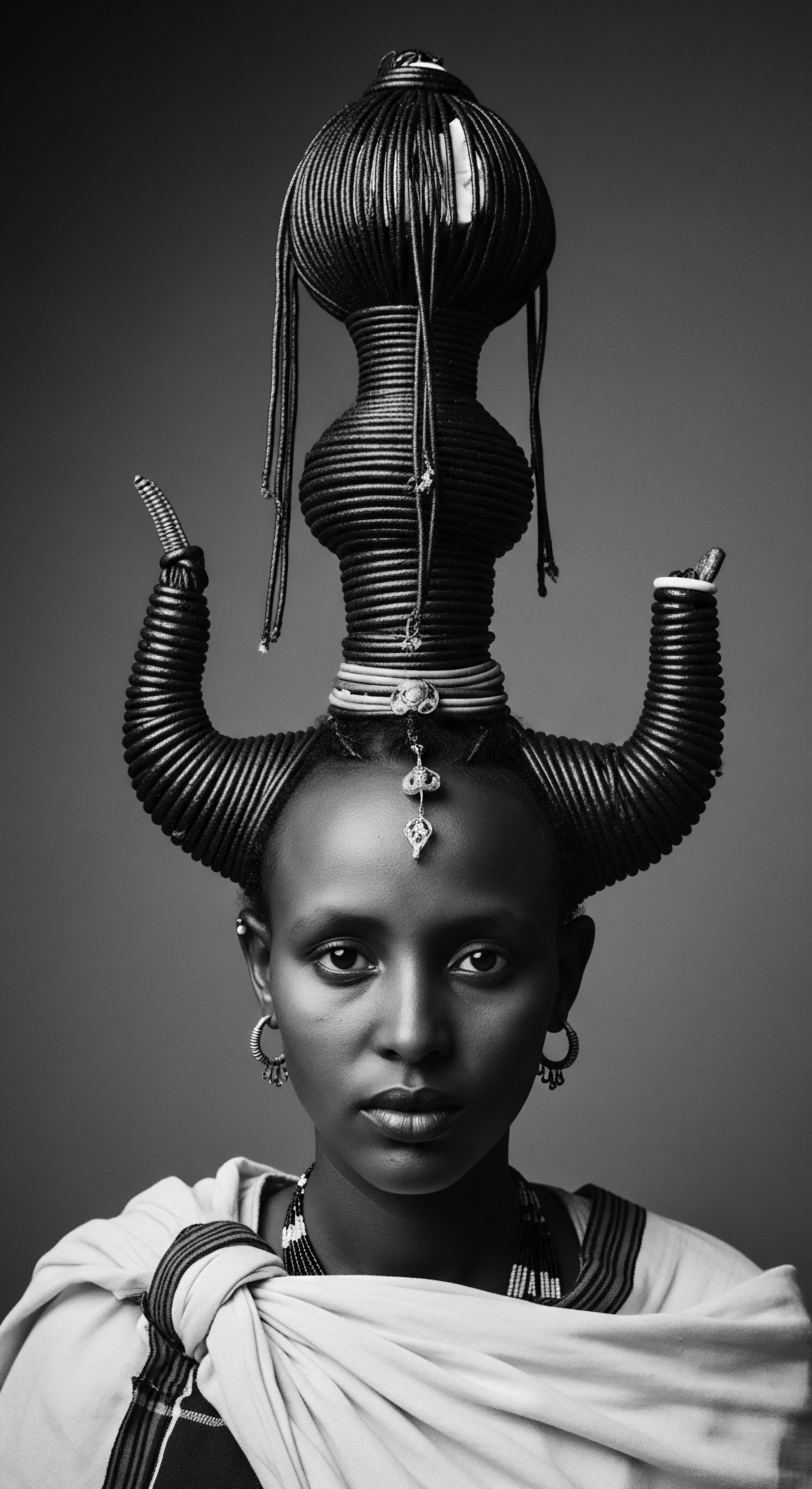
Understanding the Strand’s Story
Long before microscopes unveiled the cellular structure of a hair shaft, early cultures intuitively understood that textured hair possessed unique characteristics demanding specific attention. The ancestral wisdom recognized varied curl patterns and density, adapting practices accordingly. While formal classification systems are a modern construct, the nuanced approach to different hair types was inherently practiced.
Imagine the hands of an elder, gently separating coils, discerning the subtle distinctions that guided their choice of herb or oil. This was their textured hair codex, a living compendium of practices honed over countless generations.
Ancestral knowledge of textured hair reveals a profound understanding of its unique characteristics, influencing care and styling for millennia.

Anatomy From an Ancestral Gaze
Early cultures might not have used terms like “cuticle” or “cortex,” yet their practices demonstrated a keen awareness of hair’s physical needs. They understood that textured hair, often characterized by its elliptical shape and tighter curl patterns, could be prone to dryness due to the difficulty natural scalp oils had traversing the winding shaft. This intrinsic understanding led to the widespread use of emollient plant-based oils and butters for moisture and protection. For instance, in ancient Egypt, both men and women, including royalty, wore elaborate wigs and adorned their hair with braids.
They employed castor oil and beeswax to style and maintain their hair and wigs. Such practices highlight an intuitive grasp of sealing moisture and providing structural integrity.
The significance of hair extended beyond mere physical attributes. In many African cultures, hair was seen as a conduit for spiritual energy, a connection to the divine, and a powerful symbol of identity . The way hair was styled, adorned, or cared for often reflected a person’s age, marital status, social standing, or even spiritual condition. This holistic view of hair connected its physical health to one’s overall wellbeing and spiritual alignment, a testament to a wisdom that surpassed purely anatomical considerations.
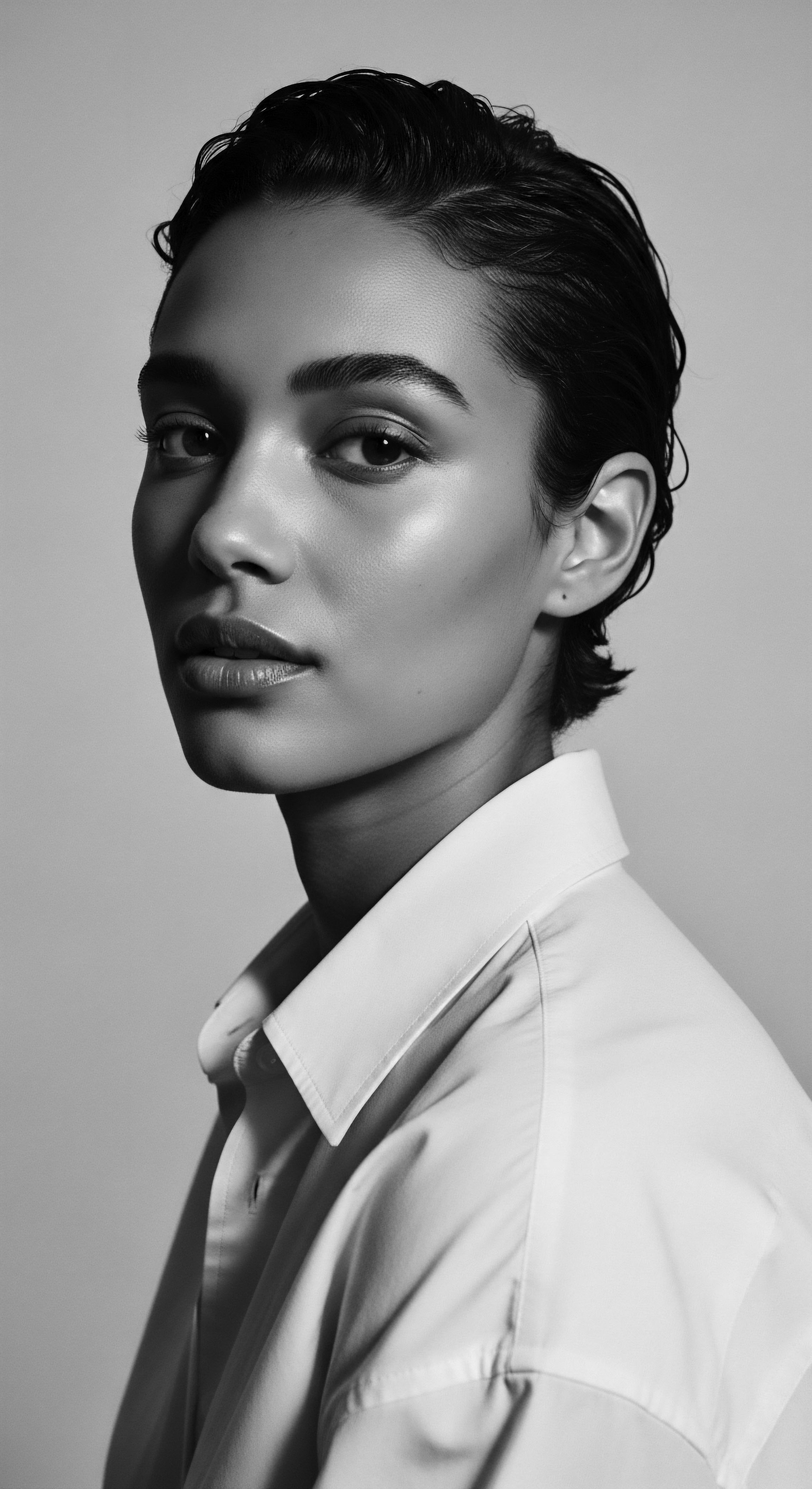
Lexicon of the Living Hair
The language used to describe hair within ancestral communities was not merely descriptive; it was often imbued with cultural meaning and reverence. Terms for hair types, styles, and tools were deeply rooted in observation and cultural significance. Consider the Yoruba people, where hair is viewed as a crown, a symbol of identity , and an expression of creativity. Their traditional hairstyles, like Sùkú (a raised, basket-like braided shape) or Ìpàkó-Elédè (braids styled backward), were not simply aesthetic choices.
Each style conveyed information about age, marital status, or even community values. The hair braiders, known as Onídìrí, held a respected position within the community, their skill linked to the concept of Orí, the head, which is connected to an individual’s destiny. This reflects how ancestral knowledge fostered a precise, culturally rich vocabulary around hair.
- Orí ❉ In Yoruba culture, literally meaning “head,” a concept linked to an individual’s destiny, underscoring the spiritual connection to hair.
- Onídìrí ❉ The respected hair braiders within Yoruba communities, recognized for their skill and their role in creating styles with deep cultural significance.
- Sùkú ❉ A traditional Yoruba braided hairstyle, shaped like a raised basket on the head, often signifying sophistication or worn by young women and brides.
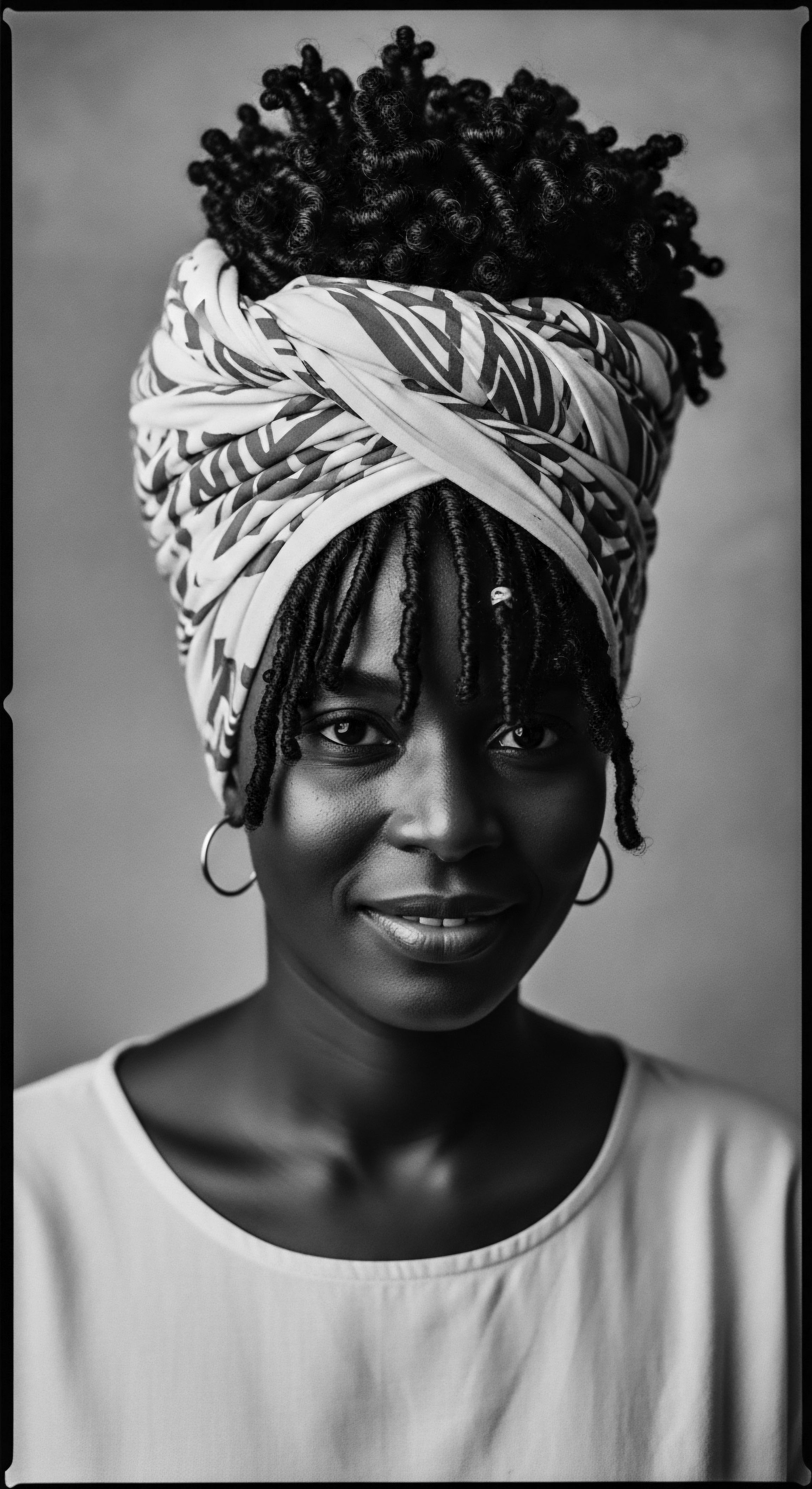
Cycles of Growth and Natural Wisdom
Early cultures also demonstrated an understanding of hair growth cycles, albeit without scientific terminology. Their routines for hair care, often seasonal or tied to life stages, implicitly accounted for periods of growth, rest, and shedding. They relied on local flora, intuitively selecting ingredients rich in nutrients, antioxidants, or antimicrobial properties that supported scalp health and hair vitality.
For instance, many West African communities used Chebe Powder, a traditional hair treatment from Chad, known for its purported ability to strengthen hair and reduce breakage. Similarly, Rooibos tea , from South Africa, was used as a tea rinse, valued for its antimicrobial and antioxidant qualities that aid healthy hair growth.
These ancestral approaches often incorporated dietary wisdom, recognizing the connection between internal health and external manifestations like hair strength and luster. Holistic wellness, a concept often seen as modern, was a cornerstone of ancient hair care. They understood that healthy hair was a reflection of a balanced body and spirit, integrating hair care into broader wellness philosophies. This intuitive grasp of physiology and botany allowed them to cultivate practices that fostered robust hair health, demonstrating a deep respect for the body’s rhythms and nature’s offerings.
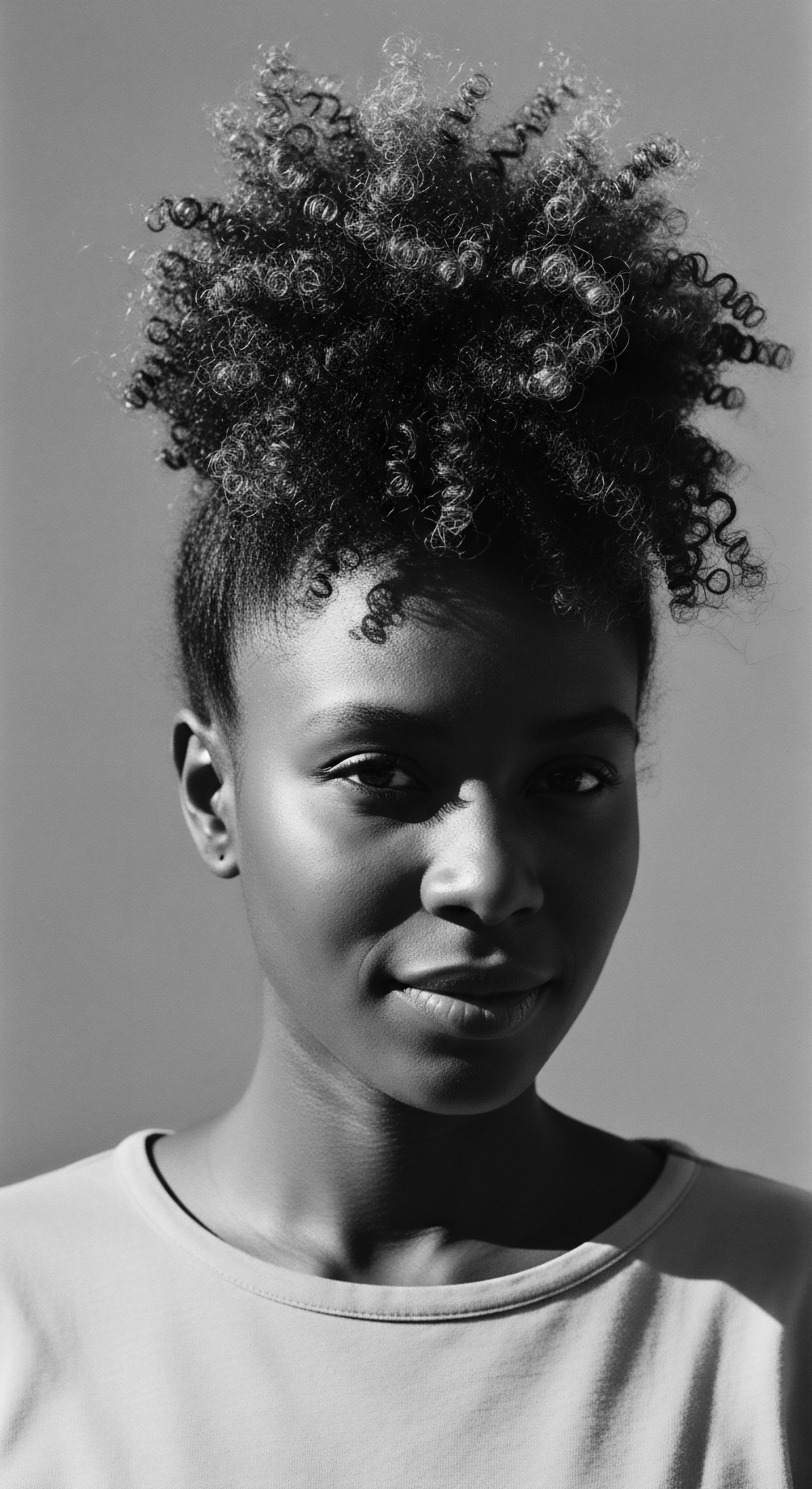
Ritual
From the quiet gathering of kin under a shade tree to the vibrant ceremonial preparations, the styling of textured hair in early cultures was rarely a mundane task. It was, rather, a profound ritual, an act of connection that bound individuals to their lineage, their community, and their spiritual world. What ancestral knowledge of textured hair did early cultures possess concerning the art and science of styling?
This question invites us to consider the hands that painstakingly wove intricate patterns, the tools crafted from earth’s bounty, and the transformations that spoke volumes without uttering a single word. This was a realm where practical application met artistic expression, all steeped in the rich liquid of heritage.
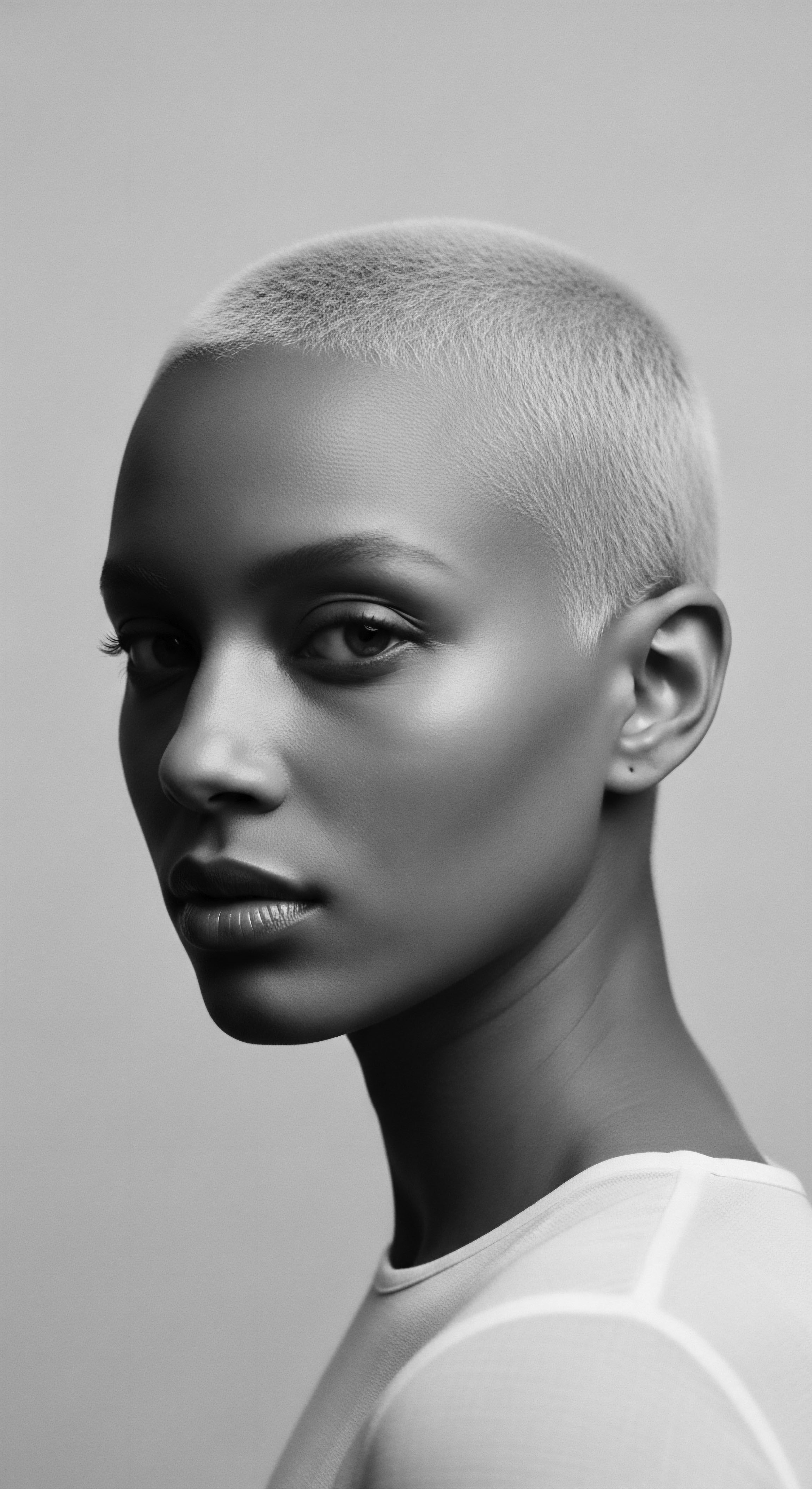
Protective Styles Through the Ages
Ancestral communities were masters of protective styling, developing techniques that safeguarded textured hair from environmental stressors and breakage long before commercial products existed. These styles, often enduring for weeks or months, were not simply decorative; they served vital functions of preservation and symbolic communication. Braiding, in its myriad forms, stands as a prime example of this ancient artistry.
In ancient Egypt, archaeologists discovered remains of women with over seventy pieces intricately braided onto their hair, demonstrating an early application of hair extensions for thickness and styling. These elaborate braids, often adorned with beads or gold, communicated social status and even religious roles.
The sheer diversity of braiding techniques across Africa speaks to a collective ingenuity. Each pattern, each design, often held specific social, ethnic, or spiritual meaning. For the Fulani people of West Africa, for example, their intricate cornrows served as markers of ethnicity and affiliation.
The communal act of braiding itself fostered social bonds, serving as a time for sharing stories, wisdom, and strengthening familial ties. This collaborative process of hair styling, rooted in shared heritage, transformed a practical necessity into a social cornerstone.

Adornment and Transformation
The use of wigs and hair extensions also has deep roots in antiquity, far predating modern trends. In ancient Egypt, for instance, wigs were commonplace as early as 3400 BC, worn by both men and women of higher social strata. These were crafted from human hair, plant fibers, or even sheep’s wool and affixed with beeswax or resin.
The motivations were varied ❉ they offered protection from the scorching desert sun, served hygienic purposes against lice, and, undoubtedly, were powerful symbols of wealth and position. Cleopatra herself was noted for her striking blue hair extensions, a testament to the bold and expressive nature of ancient hair artistry.
These transformations extended to coloring agents as well. Henna, derived from the Lawsonia plant, was widely used in ancient Egypt to cover gray hair, enhance natural color, or add a reddish tint. Its conditioning properties were also valued, strengthening hair and adding shine in the harsh climate. Such practices underscore a sophisticated understanding of botanical resources for both aesthetic enhancement and hair health, a knowledge that flows directly from ancestral heritage into contemporary natural hair practices.

Tools of the Ancestors
The implements used for textured hair care and styling in early cultures were often simple, yet remarkably effective, born from an intimate knowledge of materials available in their environment. Combs, some dating back to 8000 BC in Syria, were among the earliest tools. These were carved from wood, bone, or ivory, essential for detangling and maintaining hair hygiene.
Early cultures employed innovative, natural tools and techniques, shaping hair not only for aesthetics but as deep reflections of identity and spiritual belief.
Beyond simple combs, specialized tools emerged. In ancient Egypt, archaeological findings suggest the use of metal shears, crafted from copper or bronze, for cutting and trimming hair. Evidence also points to the use of heated bronze curling tongs combined with trimmers, indicating a desire to manipulate hair texture for specific styles. These early heating tools, while rudimentary, reflect a universal human desire to sculpt hair into desired forms.
In many West African traditions, the artistry of styling extended to the use of threading techniques, where natural fibers or threads were wrapped around sections of hair to stretch, straighten, or create specific patterns without heat. This technique, requiring immense skill and patience, preserved hair length and reduced breakage, providing another layer of protective styling rooted in ancestral knowledge. The ingenuity of these tools and techniques highlights an adaptive brilliance in diverse environments, all for the preservation and expression of textured hair heritage.
| Tool Category Combs |
| Ancestral Example/Culture Wood, Bone, Ivory Combs (Global, Ancient Syria 8000 BC) used for detangling and hygiene. |
| Modern Parallel/Influence on Heritage Essential for detangling textured hair, particularly wide-tooth combs for preserving coil integrity. |
| Tool Category Heat Styling Implements |
| Ancestral Example/Culture Bronze Curling Tongs (Ancient Egypt, 1575-1194 BCE) heated over fire for curling. |
| Modern Parallel/Influence on Heritage Precursors to modern curling irons; knowledge of heat manipulation for styling. |
| Tool Category Threading Tools |
| Ancestral Example/Culture Natural Fibers/Threads (West African traditions) used for stretching and styling. |
| Modern Parallel/Influence on Heritage Continues as a low-heat or no-heat method for elongation and protective styling. |
| Tool Category Hair Extensions |
| Ancestral Example/Culture Human hair, sheep's wool, plant fibers affixed with beeswax (Ancient Egypt 3400 BC). |
| Modern Parallel/Influence on Heritage Foundation for the vast hair extension industry today, reflecting historical desires for volume or length. |
| Tool Category These ancestral tools speak volumes about the persistent human desire to style and protect hair, deeply informing the heritage of textured hair care. |
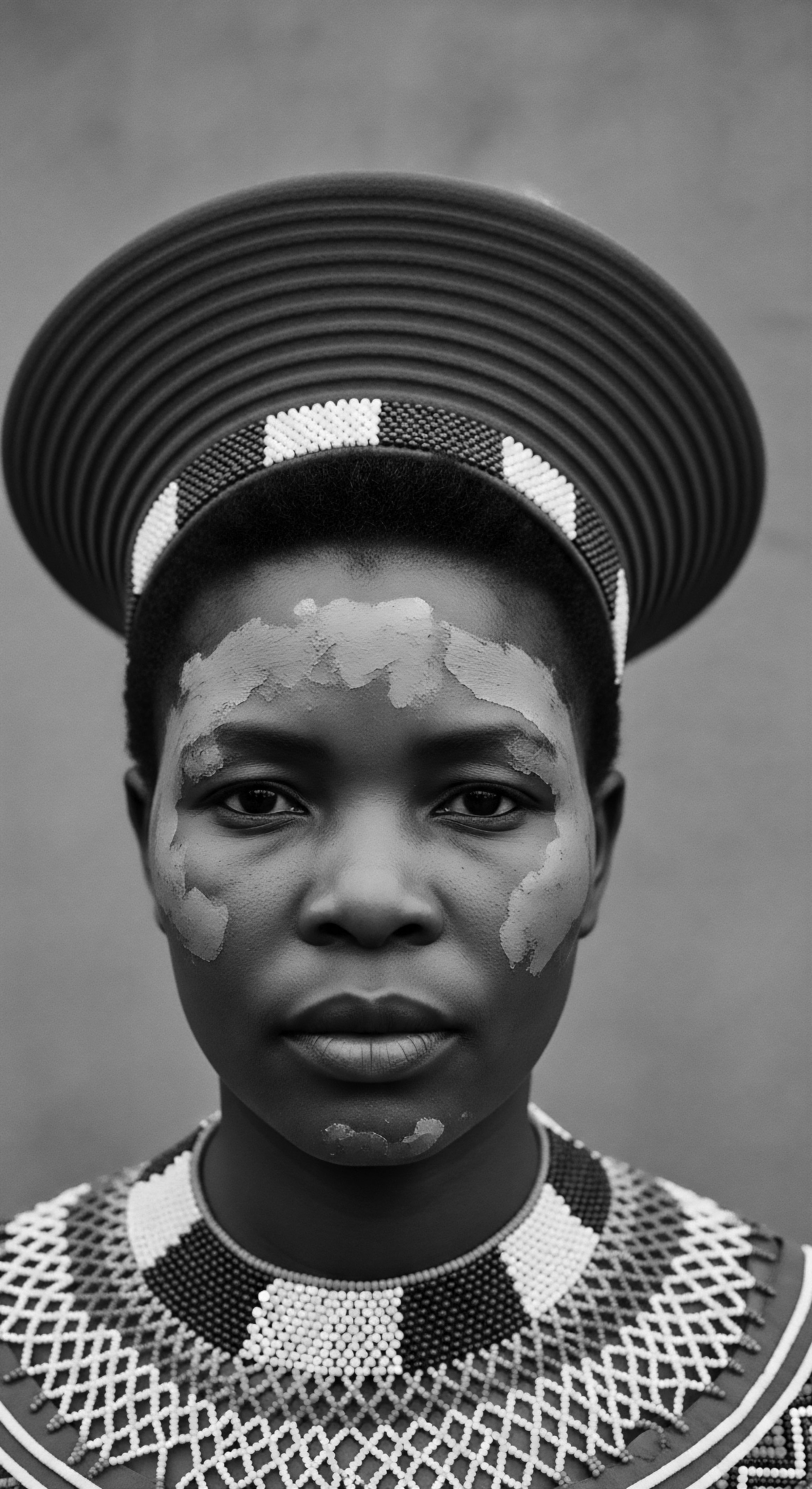
Relay
The ancestral knowledge of textured hair was not a static collection of facts. It was a living, breathing body of wisdom, passed from generation to generation, continually adapting to new environments and social landscapes. What ancestral knowledge of textured hair did early cultures possess that continues to shape our understanding of holistic care and problem-solving today?
This exploration takes us beyond mere techniques, delving into the worldview that saw hair as deeply interconnected with spiritual well-being, community identity, and personal resilience. This enduring legacy forms a vibrant relay, transmitting wisdom across time and distance, particularly within Black and mixed-race communities.
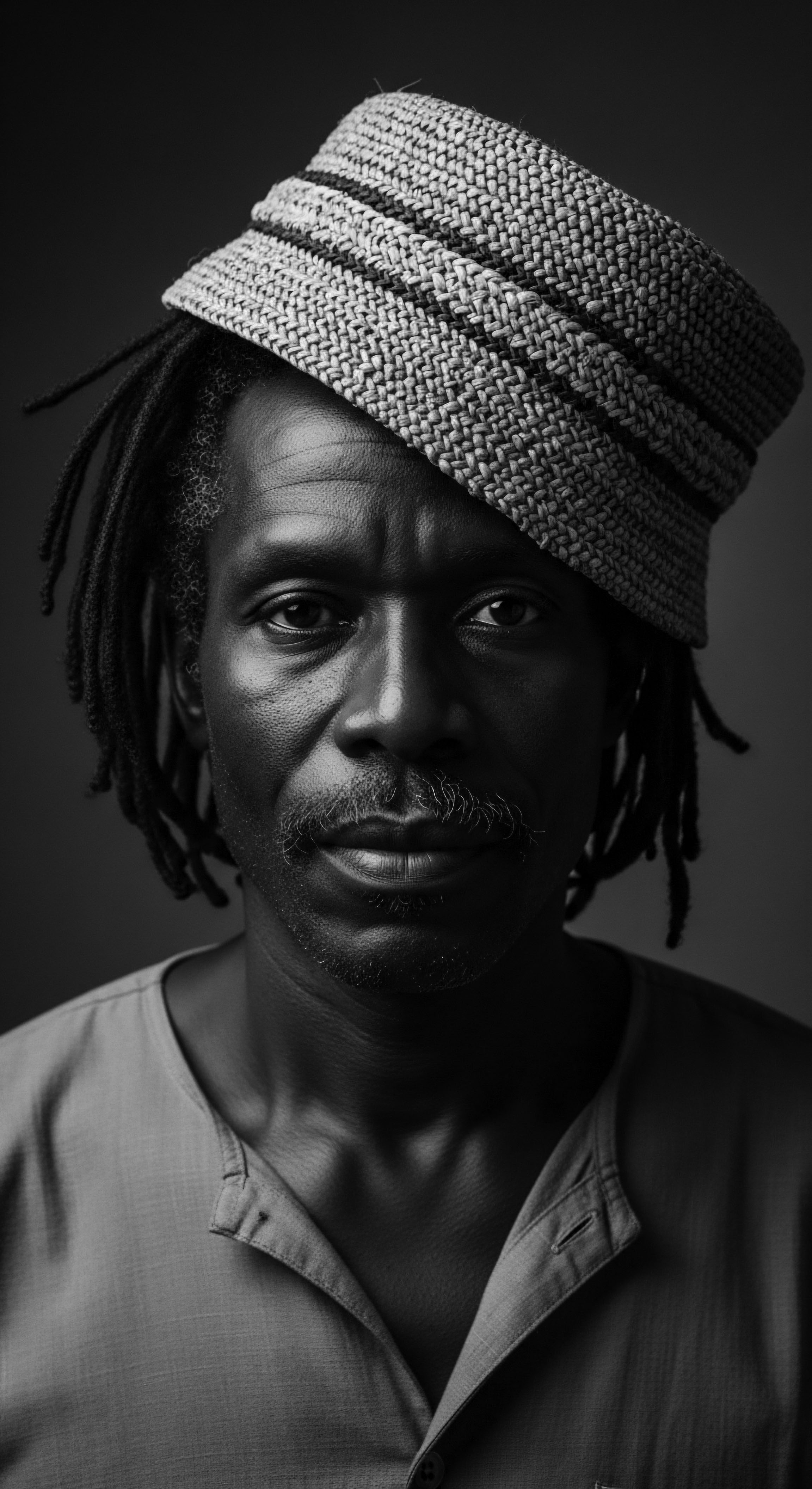
The Holistic Hair Regimen
Early cultures understood hair care as an integral part of holistic well-being, rather than a separate cosmetic endeavor. Their regimens were deeply attuned to natural cycles, seasonal changes, and individual needs, often drawing upon local botany and traditional healing philosophies. For instance, in ancient Indian Ayurveda, the use of herbs like Amla, Bhringraj, and Coconut Oil for scalp massages was central to nourishing hair from its root, stimulating growth, and preventing premature graying. These practices were not random; they were part of a comprehensive system that sought balance within the body, recognizing that hair health reflected overall vitality.
This ancestral wisdom often integrated hair care into daily or weekly rituals, making it a mindful practice. The application of oils, the gentle manipulation of strands, and the communal aspect of styling sessions were all elements of a regimen designed to nurture not only the hair itself but also the individual’s spirit. The rhythmic motions of oiling and braiding provided a meditative quality, reinforcing a sense of calm and connection.

Nighttime Sanctuary for Textured Strands
The concept of protecting hair during sleep has a long and perhaps less documented, but certainly practiced, history in cultures with textured hair. While the modern bonnet, often made of silk or satin, gained prominence in recent centuries, the underlying principle of safeguarding hair at night likely extends further back. Early communities may have used natural fabrics, leaves, or specific sleeping arrangements to protect intricate styles or prevent moisture loss during rest. The aim was always to preserve the integrity of the hair and its moisture balance, intuitive steps that align with modern trichological understanding of reducing friction and maintaining hydration.
The wisdom behind covering the hair at night reflects an acute awareness of its vulnerability. Textured hair, with its unique structure, is more prone to tangling and moisture depletion from absorbent surfaces. Ancestral practices, while perhaps not using the term “porosity,” effectively mitigated these challenges. This foresight, rooted in generations of observation and practical experience, continues to shape the nighttime rituals that are a cornerstone of healthy textured hair care today.

Ingredients from the Earth’s Bounty
The natural world was the apothecary for early cultures seeking hair solutions. Their ingredient choices were often rooted in profound ethnobotanical knowledge, passed down through oral tradition and practical application. What ancestral knowledge of textured hair did early cultures possess regarding the efficacy of natural ingredients? They identified plants, oils, and clays with properties that addressed common hair challenges, from dryness to scalp conditions.
Consider the widespread use of various plant-based oils and butters across African communities.
- Shea Butter ❉ Extracted from the nuts of the shea tree, used for its moisturizing and protective qualities, particularly against harsh environmental conditions.
- Marula Oil ❉ A traditional oil from Southern Africa, valued for its moisturizing effects on skin and hair, with antioxidant properties.
- African Black Soap ❉ A traditional West African soap, often made from plant ash and oils like shea butter, used for cleansing the hair and scalp.
These ingredients were not merely applied; their preparation was often a ritualistic act, connecting the user to the land and the wisdom of their ancestors.

Ancestral Problem Solving
Hair problems were addressed with ingenuity and natural remedies. For issues like scalp irritation or excessive oiliness, natural clays such as Rhassoul clay from Morocco were used to cleanse the hair and scalp without stripping its natural oils. This clay, also known as Moroccan Clay, was a mud wash, providing a gentle yet effective cleaning. This approach contrasts sharply with modern, often harsh, chemical treatments, highlighting a preference for balance and natural restoration.
Traditional ingredients like shea butter and marula oil provided effective solutions for textured hair care, their efficacy validated by centuries of ancestral use.
Beyond ingredients, the act of styling itself served as a problem-solving mechanism. Braids, twists, and locs were not only aesthetic expressions but also strategies for managing hair, preventing tangles, and promoting length retention. The ability of these styles to protect the hair from physical manipulation and environmental exposure was an intuitive, yet effective, form of ancestral hair problem-solving. This knowledge, handed down through generations, represents a collective understanding of textured hair’s needs.
| Ancient Ingredient Castor Oil (Ancient Egypt, Africa) |
| Traditional Use/Ancestral Knowledge Conditioning, strengthening, styling wigs and natural hair, promoting shine. |
| Modern Scientific Understanding/Benefit to Textured Hair Rich in ricinoleic acid, a fatty acid with anti-inflammatory properties; moisturizes and may support scalp health. |
| Ancient Ingredient Shea Butter (West Africa) |
| Traditional Use/Ancestral Knowledge Moisturizing, protecting hair from harsh conditions, softening hair. |
| Modern Scientific Understanding/Benefit to Textured Hair High in fatty acids and vitamins (A, E, F); seals in moisture, reduces breakage, and offers some UV protection. |
| Ancient Ingredient Rhassoul Clay (Morocco) |
| Traditional Use/Ancestral Knowledge Cleansing hair and scalp gently without stripping natural oils; mud wash. |
| Modern Scientific Understanding/Benefit to Textured Hair Detoxifying and purifying properties; absorbs excess oil and impurities, gentle cleansing for sensitive scalps. |
| Ancient Ingredient Henna (Ancient Egypt, India) |
| Traditional Use/Ancestral Knowledge Natural hair dye, covering grays, strengthening hair, improving texture. |
| Modern Scientific Understanding/Benefit to Textured Hair Binds to keratin, strengthening hair shaft, adding gloss; chemical-free coloring alternative. |
| Ancient Ingredient The enduring use of these natural resources underscores the timeless wisdom embedded within textured hair heritage. |

Relay
The journey through ancestral knowledge of textured hair reaches a pivotal point in the concept of “Relay”—the continuous transmission and adaptation of wisdom across generations and geographies. This is where we consider the broader implications, the cultural narratives, and the very act of preserving heritage through hair. What ancestral knowledge of textured hair did early cultures possess that speaks to the deeper meaning of human connection, identity, and resilience in the face of shifting tides? It is a complex question, one that demands a nuanced lens, blending historical authority with a soulful appreciation for the living traditions that pulse through Black and mixed-race communities worldwide.

Hair as Cultural Language
In early cultures, hair was far more than an aesthetic feature; it functioned as a powerful, non-verbal language. The styles, the adornments, the rituals associated with hair—all conveyed intricate messages about an individual’s place within society, their spiritual beliefs, and their lineage. This was a sophisticated system of communication, understood by community members, yet often opaque to outsiders.
For the Yoruba people of Nigeria, hairstyles served as an index of social status, age, marital status, and even spiritual condition. A woman’s coiffure could tell a story of her life journey, her family ties, or her readiness for new responsibilities.
This cultural coding was not unique to African societies. Among many Native American tribes, hair was considered sacred, symbolizing a deep connection to the earth, ancestors, and the spiritual realm. Long hair was often seen as a source of strength and wisdom. The Waccamaw Siouan Tribe of North Carolina, for instance, has a tradition spanning thousands of years where male members wear their hair long, believing it to be a part of the spirit.
Cutting hair often marked periods of mourning or significant life transitions, a powerful symbol of loss or renewal. These examples highlight how hair transcended its biological function to become a repository of collective memory and identity.
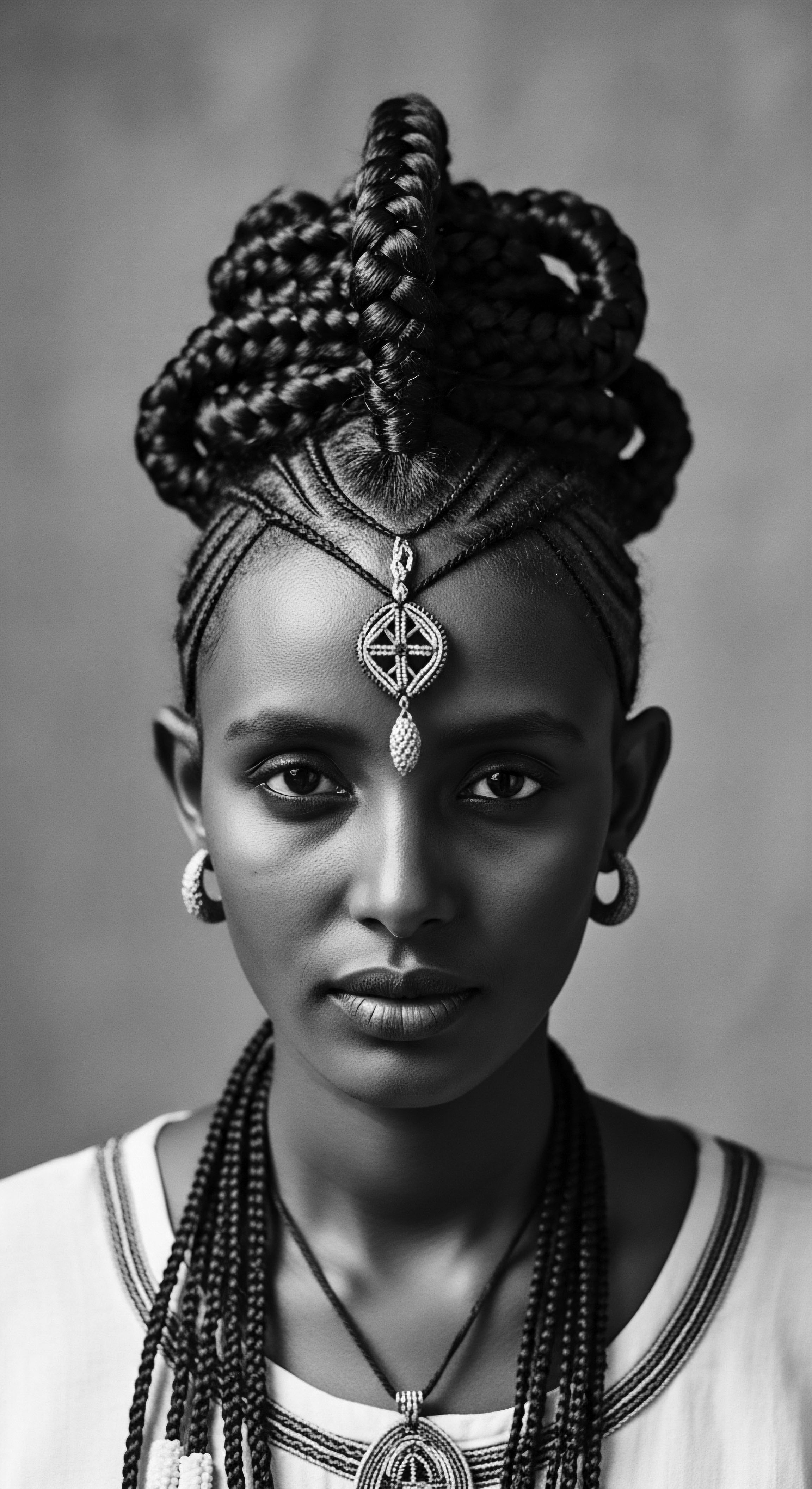
The Deep Current of Heritage
The heritage of textured hair practices flows like a deep current, connecting ancient wisdom to contemporary understanding. The foundational principles—moisture retention, protective styling, gentle manipulation, and the use of natural ingredients—remain relevant today, often validated by modern hair science. Early classification of hair, however, carries a more somber history. The origins of hair typing systems, particularly in the early 20th century, were sometimes tied to problematic racial categorizations, used to determine proximity to whiteness.
Eugen Fischer, a German scientist, developed a “hair gauge” in 1908 to classify Namibians based on hair texture, linking it to racist ideologies. Similarly, the South African Apartheid system employed the “pencil test,” where the ability of hair to hold a pencil determined racial classification. This dark chapter serves as a stark reminder of how natural human variations, particularly hair texture, have been weaponized to uphold systems of oppression.
Despite these historical attempts to subjugate and categorize, the resilience of textured hair heritage persevered. Practices continued within families and communities, often underground, preserving knowledge that was deemed “unsophisticated” by dominant cultures. This continuity speaks volumes about the intrinsic value and deeply rooted nature of these traditions, affirming that ancestral knowledge cannot be erased, only hidden, waiting for a moment to resurface with strength and pride.
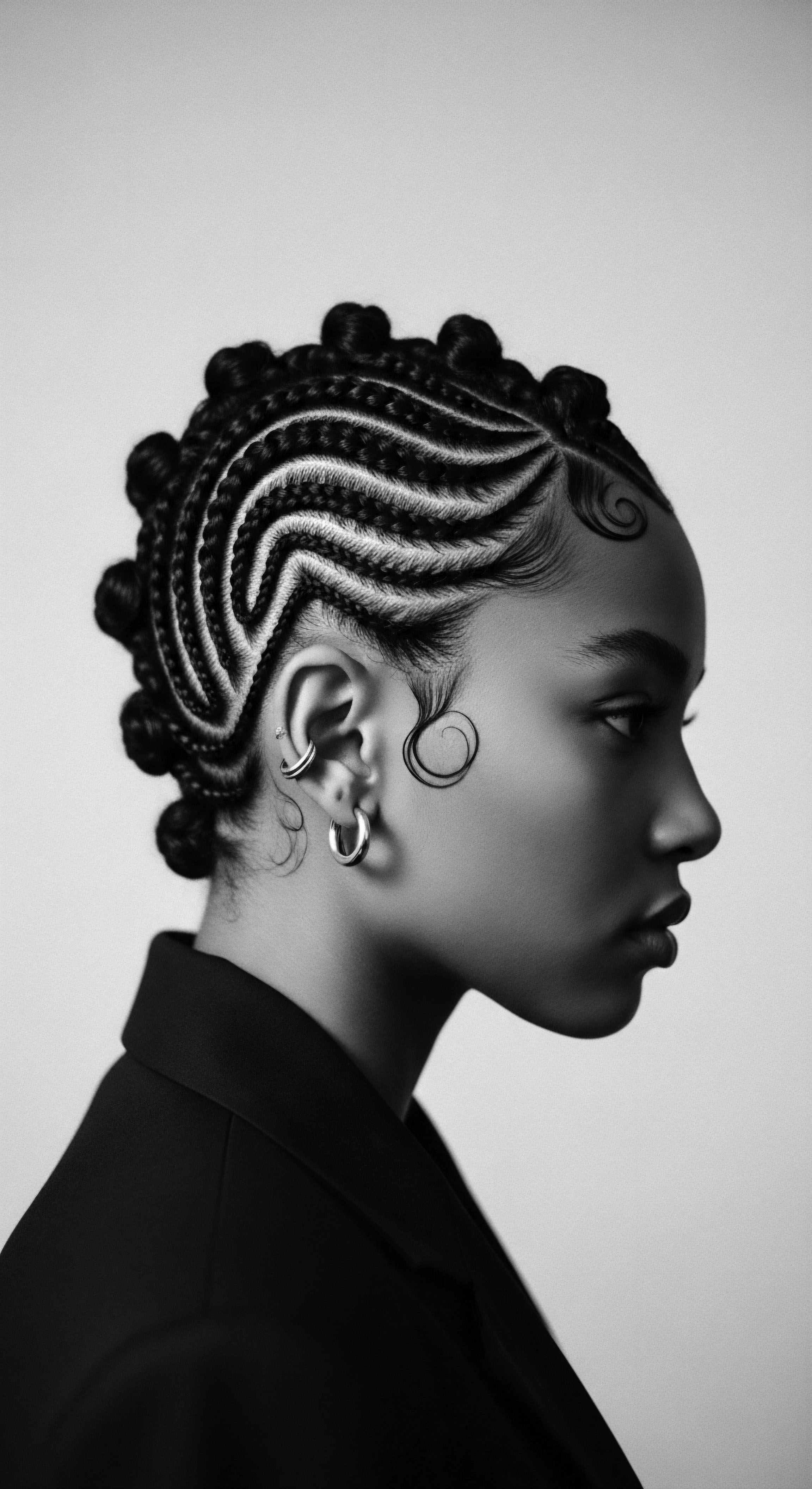
Validation Through Modern Discovery
Modern trichology and scientific research often provide compelling validations for ancestral hair care practices. What ancestral knowledge of textured hair did early cultures possess that now finds scientific backing? The intuitive understanding of moisture, porosity, and cuticle health in ancient rituals aligns strikingly with contemporary hair science. For example, the widespread use of plant-based oils like shea butter or castor oil by early African communities for sealing in moisture and protecting the hair shaft is now understood through the lens of lipid science, which confirms their occlusive and emollient properties.
Similarly, protective styles like braids and twists, practiced for millennia across various cultures, are now scientifically recognized as effective methods for minimizing physical manipulation, reducing breakage, and promoting length retention for textured hair. They shield the delicate strands from environmental damage and friction, principles that continue to guide contemporary care routines. This synergy between ancient wisdom and modern scientific discovery underscores the enduring efficacy of these traditional approaches.
The enduring legacy of textured hair care, passed through generations, reflects a cultural resilience that transcends historical attempts at suppression.

Ancestral Practices in a Modern Context
The relay of ancestral knowledge into modern contexts is vibrant and ongoing. Many contemporary textured hair care philosophies directly stem from these ancient roots. The focus on moisture, gentle handling, and natural ingredients is a direct lineage from traditional African, Indigenous, and diasporic practices. This includes the popularization of deep conditioning, pre-pooing with oils, and the continued preference for protective styles.
The concept of hair as a spiritual and cultural anchor also persists. For many Black and mixed-race individuals, wearing natural textured styles, or engaging in traditional braiding and loc’ing practices, is a powerful act of reclaiming heritage and asserting identity. It signifies a reconnection to ancestral lines, a rejection of Eurocentric beauty standards, and a celebration of one’s unique biological and cultural legacy. This conscious choice to honor the past through hair demonstrates the enduring power of ancestral knowledge and its continuous relay into shaping contemporary self-perception and cultural pride.

Reflection
To truly comprehend what ancestral knowledge of textured hair early cultures possessed is to embark upon a profound meditation on the enduring spirit of humanity. It is to recognize that before the advent of industrial beauty, before the imposition of homogenized ideals, there existed a deep, inherent wisdom regarding the unique characteristics of coily, kinky, and wavy strands. This wisdom was not confined to scientific texts; it was woven into daily rituals, sung in communal gatherings, and passed through the sensitive touch of generation to generation. It reminds us that hair, at its soul, is far more than protein and pigment.
It stands as a living testament to heritage, a resilient echo of ingenuity, and a constant, visible affirmation of identity. The journey of understanding textured hair begins not with what is new, but with what has always been—the ancient, luminous wisdom held within each strand, connecting us to a legacy of beauty, resilience, and profound knowing.
References
- Byrdie. (2021, October 25). The Controversial History of the Hair Typing System.
- Byrdie. (2021, October 18). The History Of Hair Texture Typing.
- Donnan, C. B. (1978). Moche Art of Peru ❉ Pre-Columbian Symbolic Communication. Museum of Cultural History, University of California.
- Fletcher, J. (1999). Ancient Egyptian Hairdressing. Egypt Exploration Society.
- Parents. (2025, May 12). How Latine Braids Are Cross-Cultural Expressions of Community.
- Reddit. (2023, October 12). To Black/African American/ African Descent individuals ❉ What is your culture’s significance of braiding hair?
- Reddit. (2021, January 20). Hair in the Yoruba culture.
- Sellox Blog. (2021, June 4). Ancient African Hair Growth Secrets For Healthy Hair.
- Science Museum Blog. (2015, June 1). Wonderful Things ❉ ancient Egyptian curling tongs.
- The Hair Alchemist. (2021, September 29). The History of Wigs & Hair Extensions.
- Thompson, R. F. (1983). Flash of the Spirit ❉ African and Afro-American Art and Philosophy. Random House.
- WebMD. (2025, May 2). Hair Types ❉ Straight, Wavy, Curly, and Coily.
- DiscoverYorùbá! (2024, December 23). 7 Beautiful Traditional Yoruba Hairstyles – Irun Dídì Ni Ayé Àtijọ́.
- ACLU. (2023, March 22). My Son’s Hair is Part of a Thousand-Year-Old Tribal Culture. His School Called it a ‘Fad.’
- International Journal of Tourism and Hospitality Management. (2024, August 10). Role of the Hair in Ancient Egypt.
